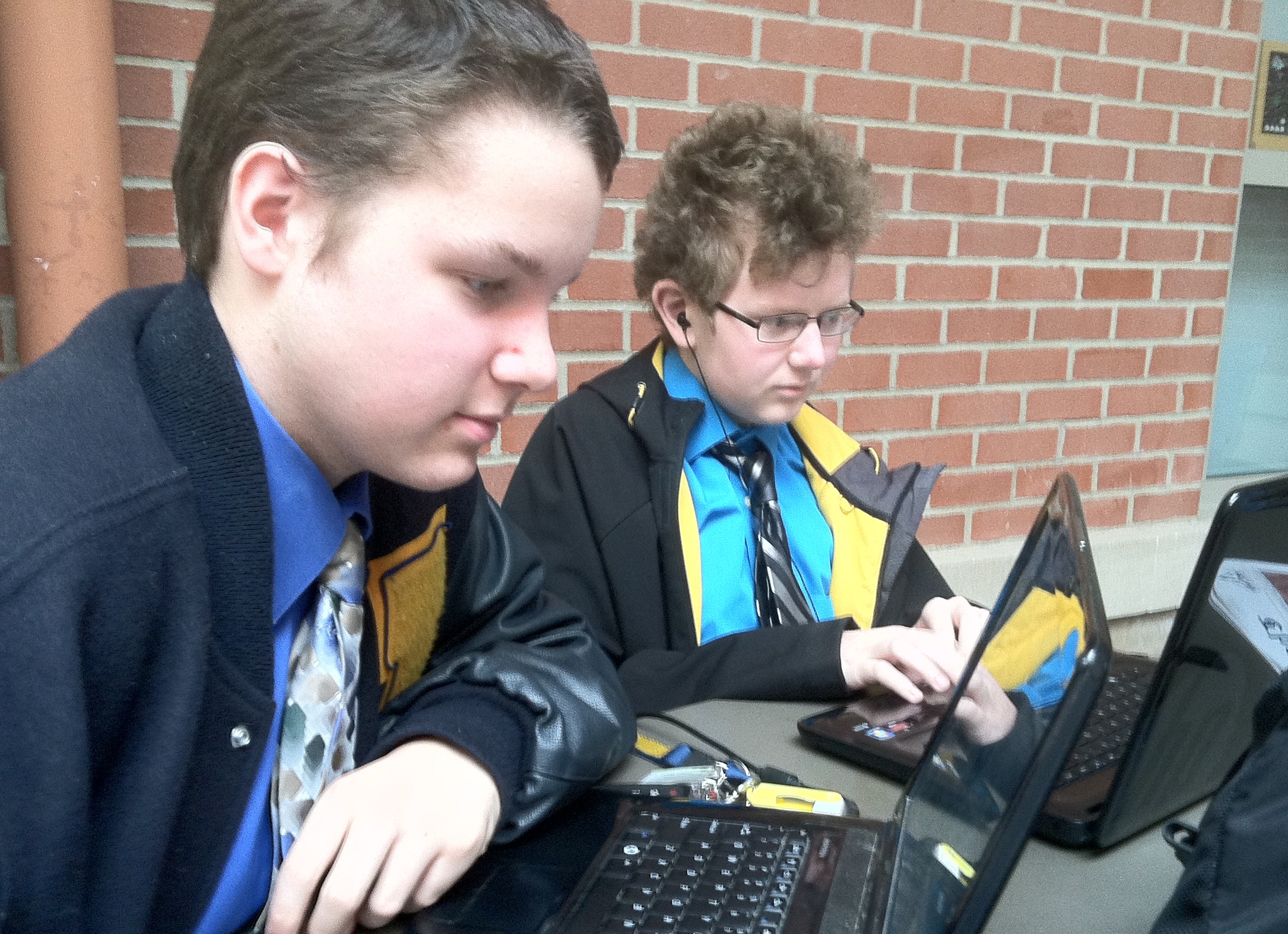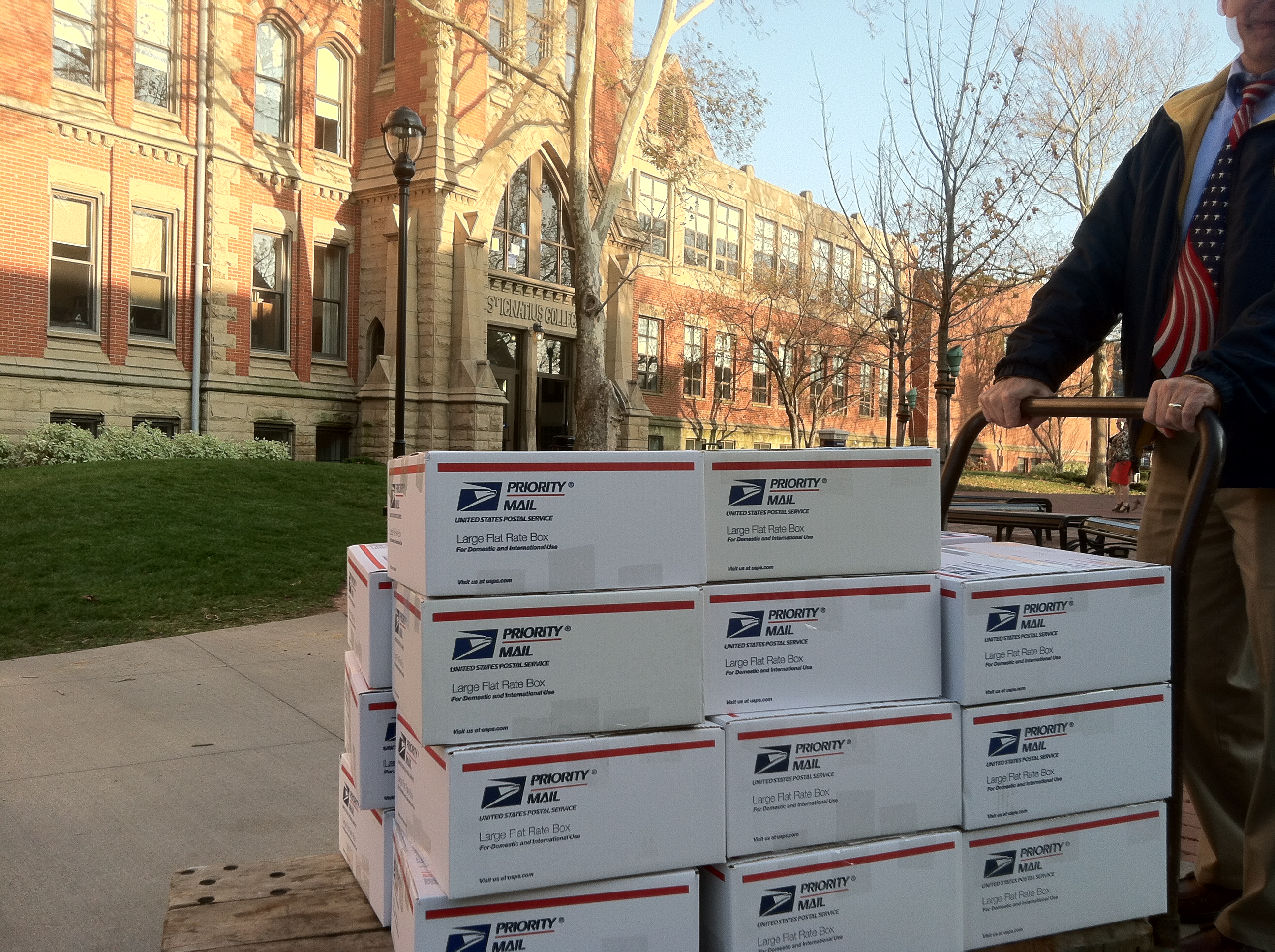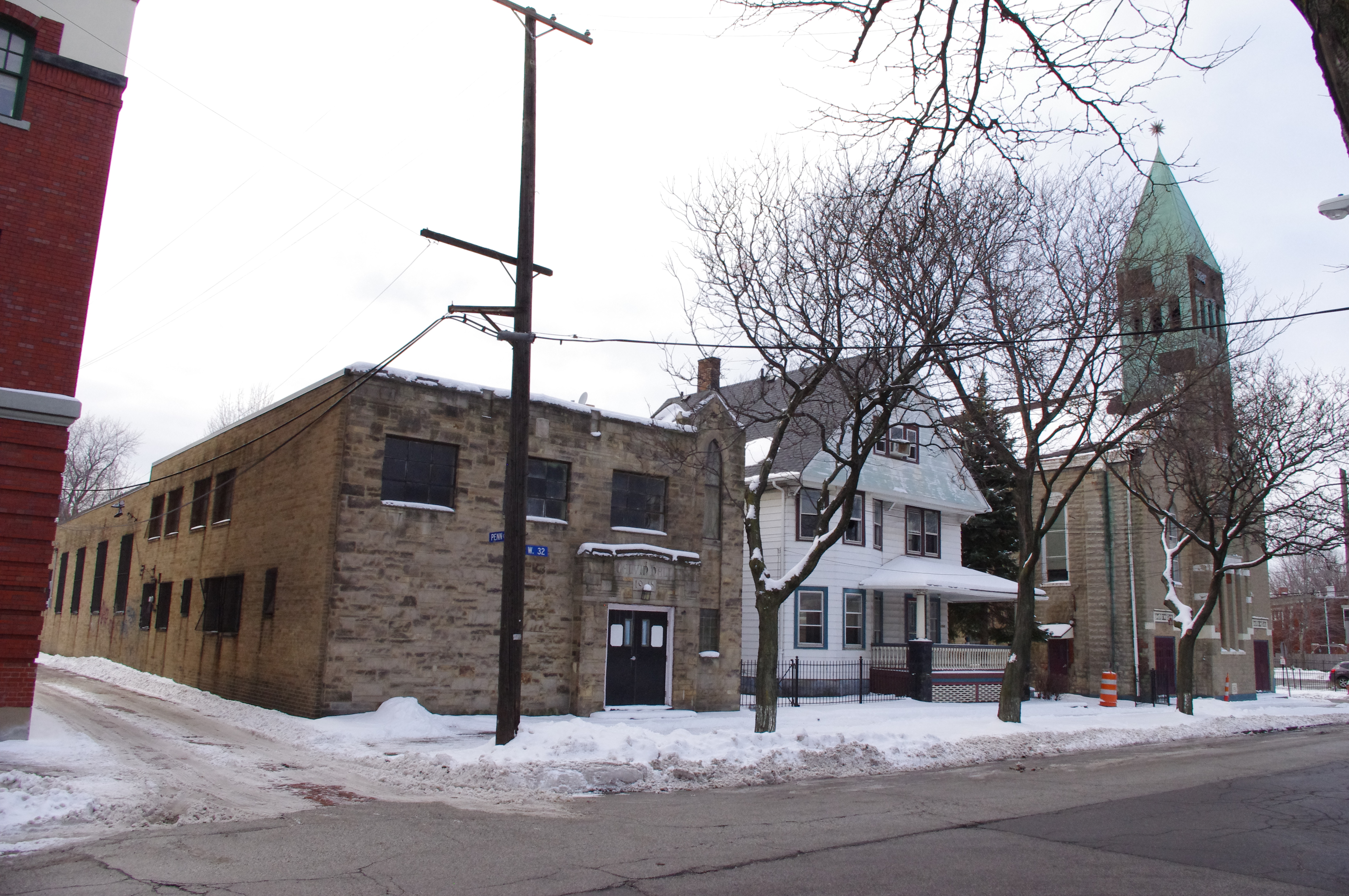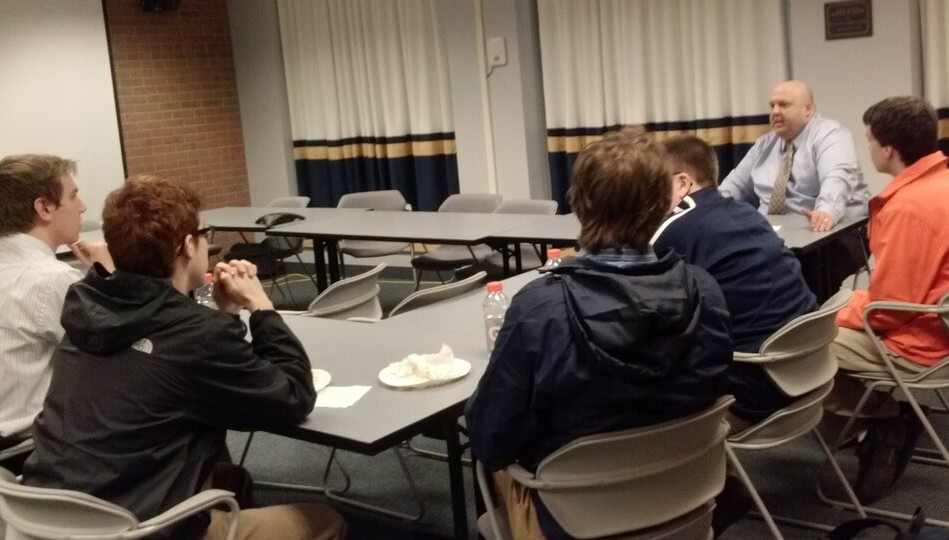by Kevin Foley ’13
In light of recent events regarding our schools wireless networks, we at The Eye think it’s important that the students understand the hard-hitting facts regarding internet connectivity at Saint Ignatius. Our school network is unique, and its elaborate design rivals that of many colleges. It’s engineered for speed and productivity, and will outperform most other high school networks if it is used properly.
In order to understand what our school network is, we first need to understand what our network is not. “Our network is not even remotely similar to your home network” Mrs. Streen explained in a recent interview.
“At home, you have, at most, three or four devices connected to a wireless router. At school, there can be hundreds of devices accessing the internet at any given time.” Our network is not an open network. As students experienced in the last few months, there are multiple networks to connect to, each network containing its own privileges and limitations. Moreover, our network is not free. It is largely funded by the Federal government, and must follow federal regulations, which require filtering of “harmful” content. And finally, our network is not empty. It contains sensitive information, not only including the contents of our “z” drives, but also the contents of our permanent records.
The school Wifi is divided into multiple networks, the most trafficked being the BYOT and the Administrative. And of course, there is logic behind this. Having many exclusive networks is easier and safer to manage than having one open network. In a closed network system, problems in one network do not, and cannot affect other networks. For instance, if, by chance, a student’s laptop infected the BYOT network with a virus, that network could be shut down and cleaned, with no harm done to the Administrative network. However, if the same incident occurred on the Administrative network, computer use across the school could be hindered, computer based teaching would be halted, and school-wide printing could be obstructed. The BYOT, in a sense, is a safe zone, compared to the Administrative network, which has access to all the schools hardware and sensitive files. Furthermore, whereas the Administrative wifi is built to handle less than 100 devices, the BYOT is capable of handling hundreds of devices. If students are allowed on the Administrative wifi, teachers, who actually need the internet for instruction, will receive lessened speed, or, as it happened, no connection.
Students should also know that they were wrong to use the Administrative wifi, not only morally and ethically, but also legally. The school’s network is funded with the assistance of E-Rate discounts from the Federal Communications Commision. Thus in order to operate, our school’s network must follow the Children’s Internet Protection Act, which stipulates that any content harmful to a minor’s advancement must be filtered. Still, students complain about the limited nature of their internet experience. Even websites for pecan pie recipes are somehow considered obscene. Don’t fret. If you need to access a banned website, talk to Mrs. Streen. She is happy to hear your case, and unless there is good reason against it, she will grant you access.
Our school’s network is constantly growing. Wifi speeds are estimated to double, maybe even triple in the next year alone. Though students may not have access to all the content they want, there is no reason to displace teachers, or threaten our network security in order to get onto Facebook, Twitter, or YouTube. This is a school, not a shopping mall. Our parents don’t pay thirteen thousand dollars a year for us to look at memes during English class. So please, let us heed Mrs. Streen’s stern warnings so that we can all enjoy our network for its original purpose: “to provide a convenient, campus-wide learning.” According to Rob Barr, the school’s Director of Technology, “we take every opportunity to analyze and increase our network performance, but we can’t fix what we don’t know about. So tell us!”











